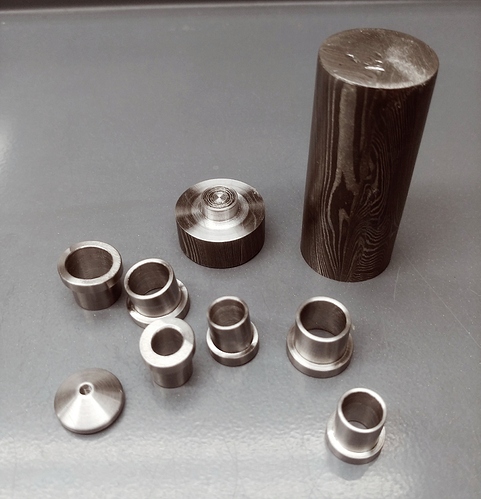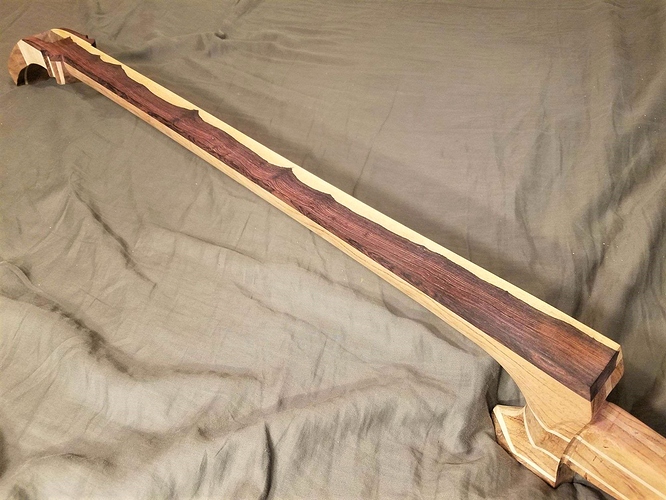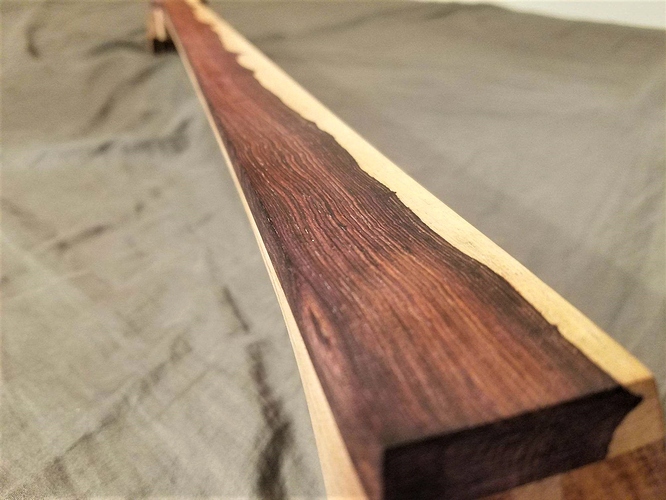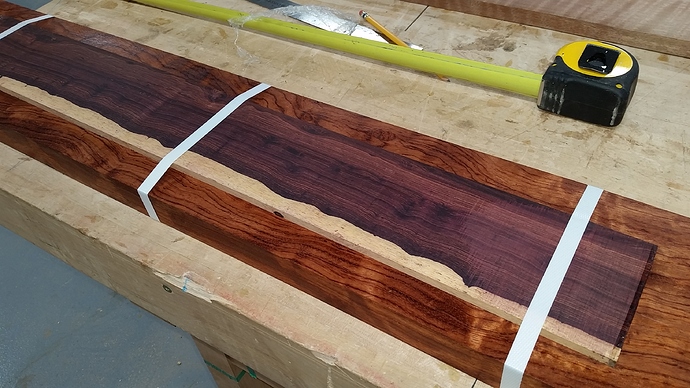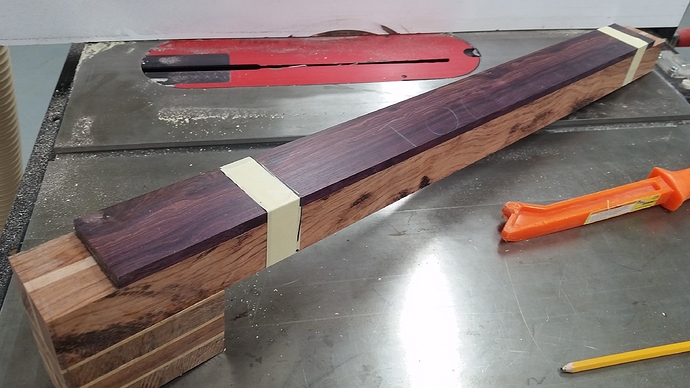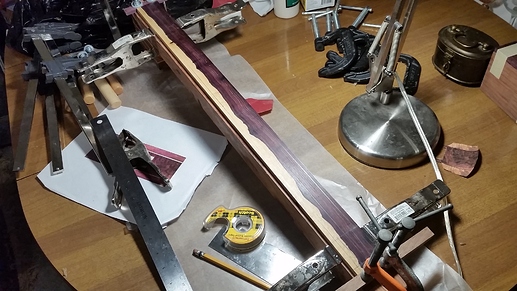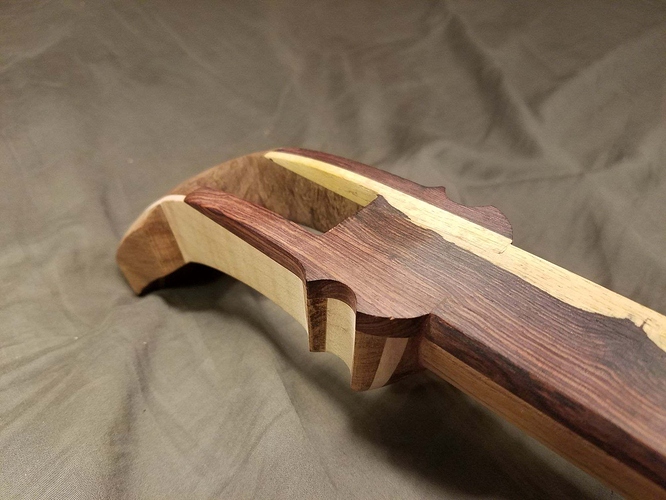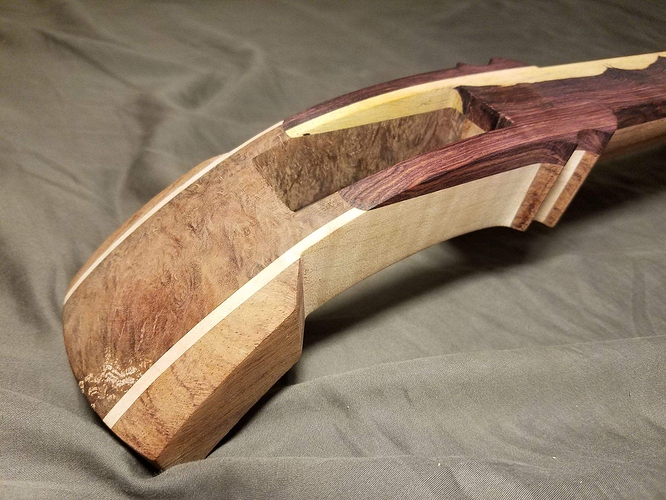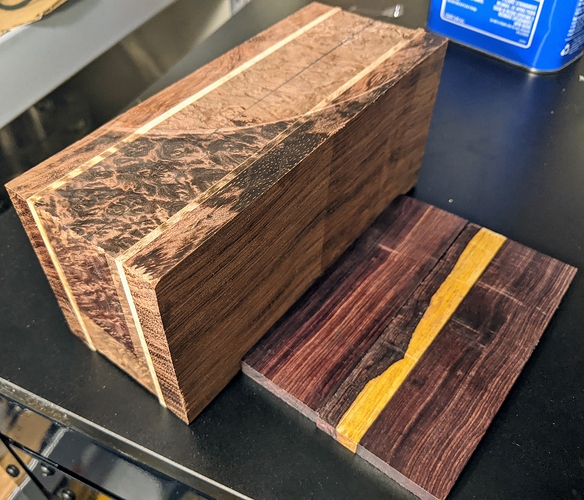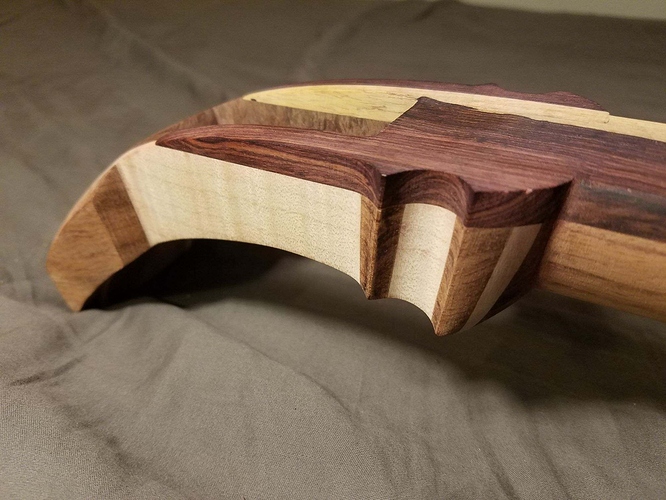Hello Bachido Community!
My name is Michael, and I have been a member of Bachido and following along the community for a number of years, though have never posted until now. I would just like to start sharing the details of a very personal and special shamisen build I have been working on for a number of years now, which I have named Masamune.
As a brief background, I originally got interested in shamisen over a decade ago, way back in high school. I had always been fascinated in instrument building, particularly Japanese instruments like the shakuhachi. Around that time I stumbled across tsugaru shamisen, and was immediately drawn to this incredible instrument. Having dabbled a bit with instrument building, and with very little money at the time, I was determined to make my own and learn to play. I eventually found that it was actually possible to build your own shamisen through some of Kyle’s very first videos. I subsequently reached out to him when he was right in the middle of writing Shamisen of Japan. I didn’t want to wait until the book was finished, so I decided to go it on my own. Looking at pictures and available videos online, I came up with a rough design for the instrument.
My first shamisen was very crude, made from red oak from Home Depot and skinned with calfskin, with little tools and experience, paid for through a part-time job at McDonald’s. Despite this, the shamisen has had an incredible impact on my life, and is largely in part where I am today. It has helped me make some incredible friends, gotten me through some tough times, and is even how I met my amazing wife. Shamisen has always been my favorite instrument, and because of it’s profound impact on me and my life, I always wanted to make a new, high end custom one for myself.
About 6 years ago, I began the plans for a new shamisen. I wanted something very unique and different from current shamisen out there, and something that reflects my own aesthetic. I had access to a local makerspace, equipped with a full suite of woodworking tools, where I spent many, many hours slowly bringing it to life.
The project has been going on and off since then, and I have shared details of the build with Kyle directly over the years, as well as friends and family, but haven’t shared it much beyond that. Now that I am fully committed to finally finishing this instrument, and am finally close, I have decided to start sharing the details more publicly and with the shamisen community.
The name Masamune was inspired by the wood that I found and selected for the fingerboard, which is further complimented by the custom zagane and rindou I am having made from damascus-style pattern welded steel (which I absolutely love the aesthetic of, and even my wedding ring is made from.) For now however, I will reveal the dou, which I have just recently finished polishing, and am in the process of shipping out to Kyle to get skinned with black Hibiki.
The dou is very unique, made with many layers of laminated wood. Each side of the dou is made from 5 individual pieces. The top and bottom use a very dense and high-grade figured bubinga I obtained, followed by thin strips of curly maple, and a strip of Australian red mallee burl running around the center. The outside is hand finished with Tru Oil, and hand polished to a high gloss using Meguiars Ultimate polish (a quite common combination in the guitar world.) The inside of the dou uses a much larger and deeper cut ayasugi-bori than traditional, coated with a couple layers of Tru Oil varnish.
The tenjin follows a very similar laminated wood pattern reflecting the same woods as the dou, and the sao also features a heavily laminated design. I am currently finalizing the fit of the tenjin to the sao, and will share more details as I progress. After this, I just have to clean up final details, fit the hardware, and polish the sao and tenjin up.
I have not yet seen a shamisen that uses a heavily layered design like Masamune, which is quite common with many other instruments. I wanted to push the boundaries of high-end shamisen design with this project, incorporating lots of unique and custom features, and I hope this design helps further inspire new builds and ideas in the shamisen community. I am by no means a professional woodworker, and there are still flaws here and there, but I am very happy with how it has come out, and look forward to finally starting to play shamisen again with Masamune.

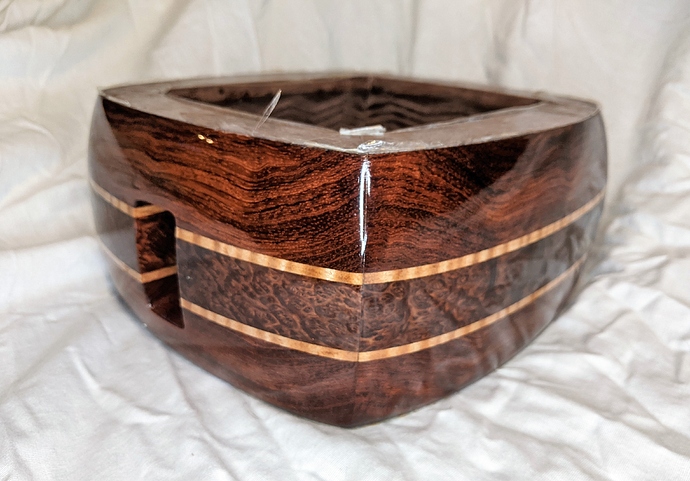
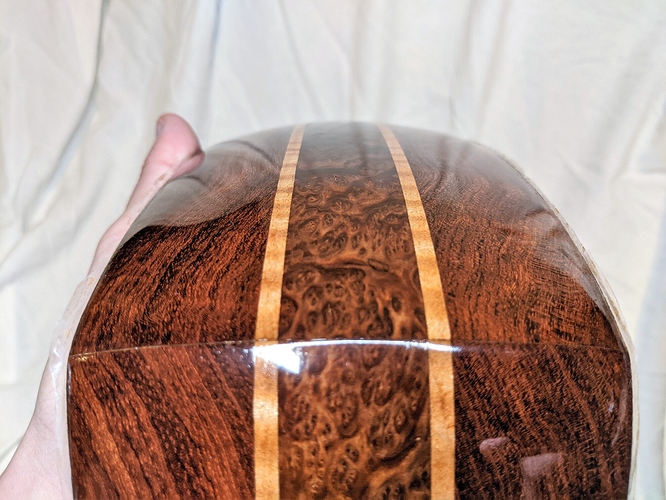

 Whoa! Can´t wait to see the whole instrument! Keep up!
Whoa! Can´t wait to see the whole instrument! Keep up!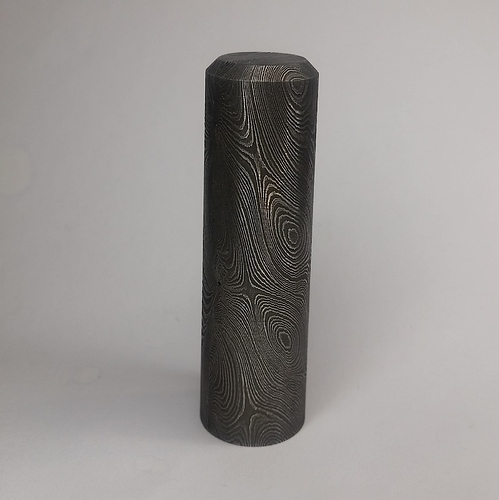



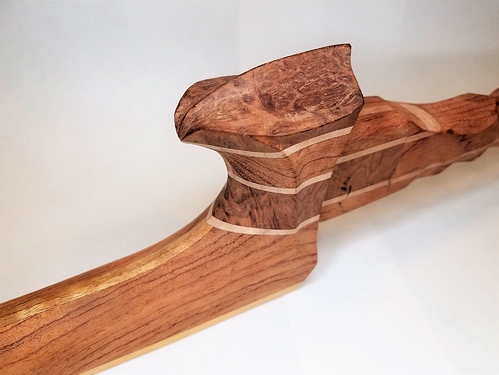
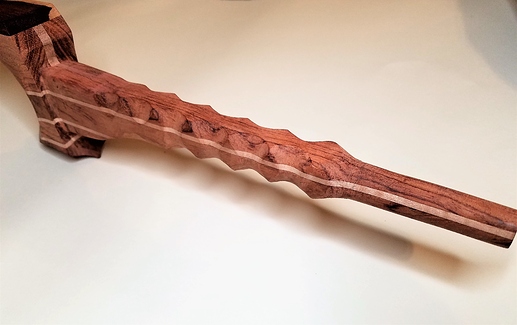
 I am speechless… and is that an ebony fingerboard? I can see it has a white edge, I like that! Sorry for getting ahead.
I am speechless… and is that an ebony fingerboard? I can see it has a white edge, I like that! Sorry for getting ahead. 
